QuestionQUESTION: Am i asking for a miracle to get my sibe to walk nicely without pulling my arm out of its socket?
I don't want to stop her nature of pulling as she is learning bikejoring, but to understand that her leash means walk nicely and harness is for pulling!
I have tried several techniques, but none work on my stubborn husky
ANSWER: Nita,
No you aren't asking for a miracle . . . However, to help you out, can you tell me what you've tried, how old your dog is and what type of leash, collar, etc. you have been using.
Send the info back as a follow-up and I'll be more than happy to help you out.
---------- FOLLOW-UP ----------
QUESTION: hi she is 21 months, i re-homed her about 4 months ago.
she has a half choke collar material/chokechain, and a normal material lead.
She will sit calmly while i put lead on but outside pulls like mad.
I have tried turning in the opposite direction (she did'nt like this much) standing still untill the lead goes slack,and say good girl lets go. Pull her to the side.
i think i need one tactic and to stick with it.
AnswerAlright, that helps. Here's what I would suggest:
First, understand that pulling on a collar is not only troublesome for you (pulling your shoulder out), it is dangerous for the dog. The constant pulling on the throat can damage the trachea, cause swelling the esophagus, etc. - generally, a bad thing for the dog.
There are several specialty leads and collars out there, but many are ineffective with stubborn breeds that are bred to pull. My suggestion, stick with the basic equipment. Here's what you'll need:
1) A 6' lead
2) A collar - one of three types to be determined later. The three types are flat collar, slip chain or German prong collar.
Now for the technique to use. The 6' lead is very important, although any fixed length lead is ok, 6-feet is usually adequate.
The method is simple, walk. ANY time the dog moves far enough way to pull on the lead, you correct the dog. The dog has total freedom to move within the 6' lead's circle, but once she gets to the edge, she is to be corrected. In reality, you have to correct the dog a few inches before the end of the lead, but you'll get used to that. You can also see why a fixed length lead is important - you want the dog to get used to the idea that they must stay within a certain distance of you to not get corrected.
Now, for the correction. The correction is a simple "pop and release" of the collar. Basically, it's a quick, sharp pull back to you. It is not a "pull the dog back to you" - this puts strain on the neck and throat and is as dangerous as the dog pulling itself against the collar. Instead, it's a quick "pop!" back to you. Many dogs will be startled at this at first, and usually yelp, but this is similar to the canine corrections used by mothers to keep their pups in line. Very quickly the dog will realize that by staying close to you, there is no correction. Most dogs stop pulling within minutes of this method, and many stop pulling almost entirely within a week or so. My dogs (age 5) still lunge at the random squirrel or lag behind a bit and require a light reminder, but they do not pull at all unless on a harness.
Finally, the collar is the other important piece of equipment, as it is what allows the "pop" to be the correction. Some dogs, especially obedient, non-pulling dogs, do fine with a flat, buckle collar. Most Sibes are not these types of dogs and will pull regardless of the correction. In that case, you move to a slip (or choke) chain. Some Sibes respond to this, some do not. Personally, I do not recommend these chains for Sibes as they often shave the fur and for relatively new owners, these chains can be used incorrectly. The final "level" of collars, and ones that I recommend for Sibes, is the German Prong Collar.
It may look like a torture device, or something you just put on aggressive dogs, but it's not. In fact, it uses the same mechanism as a martingale collar (or limited slip/Greyhound collar) - which sounds like what you have currently. However, the prongs help the correction get through some of the thick Sibe fur. In fact, put the prong collar on your arm, and quickly pop and release it from the D-Ring that the leash attaches to. You'll notice that it only tightens so much, and the prongs, while they get your attention, cause no real damage. Now, imagine that going through thick Siberian fur, and the correction is about the equivalent of a quick grab. I would definitely suggest investing in this collar, and this method, if done consistently and correctly, should eliminate the pulling almost immediately.
One reminder - Sibes are notorious complainers and will often yelp in surprise about these corrections at first. Don't worry about it too much, it's probably a sign you've done things correctly (and after all, you've tested this on you - it's not that big of a correction). And in any case, 10 or 12 good "pops" in order to avoid 10 to 12 years of pulling is a good exchange, and much safer on the dog.
Let me know if that helps or you have any questions or concerns about the method.

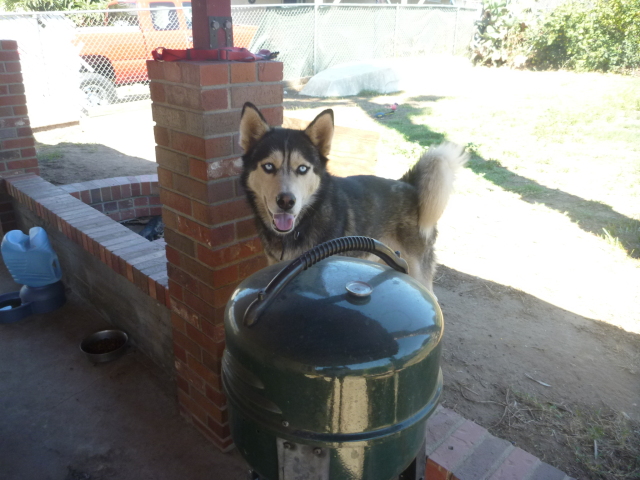 My husky and other dogs.
Question
Kona
My siberian husky, Kona, is 2years old an
My husky and other dogs.
Question
Kona
My siberian husky, Kona, is 2years old an
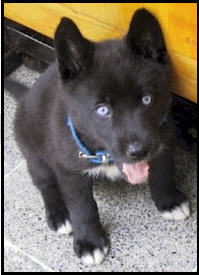 Crate Training a 7wk old Husky mix pup
QuestionHusky look-alike from
QUESTION: Weve re
Crate Training a 7wk old Husky mix pup
QuestionHusky look-alike from
QUESTION: Weve re
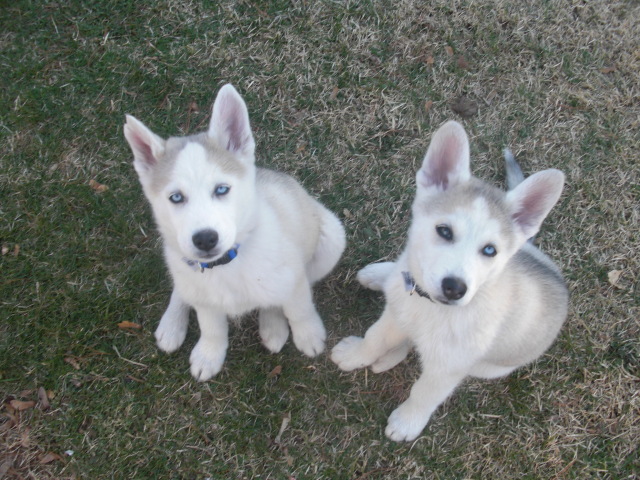 2 12 week old Husky brothers play/fighting
QuestionJasper & Sigmund
QUESTION: Two weeks
2 12 week old Husky brothers play/fighting
QuestionJasper & Sigmund
QUESTION: Two weeks
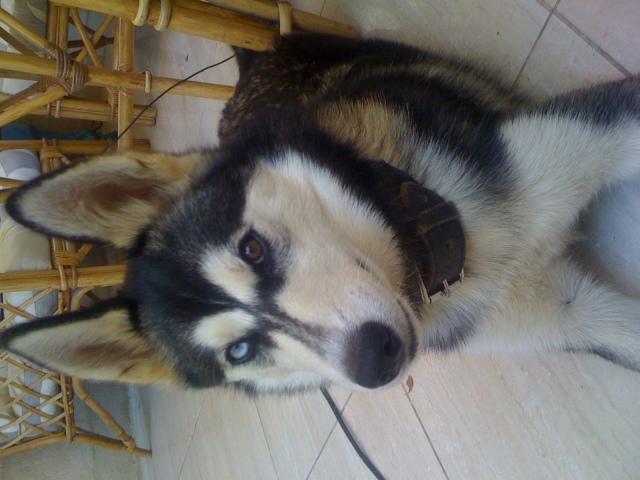 coming when called
QuestionQUESTION: hi, i have a female husky that is app
coming when called
QuestionQUESTION: hi, i have a female husky that is app
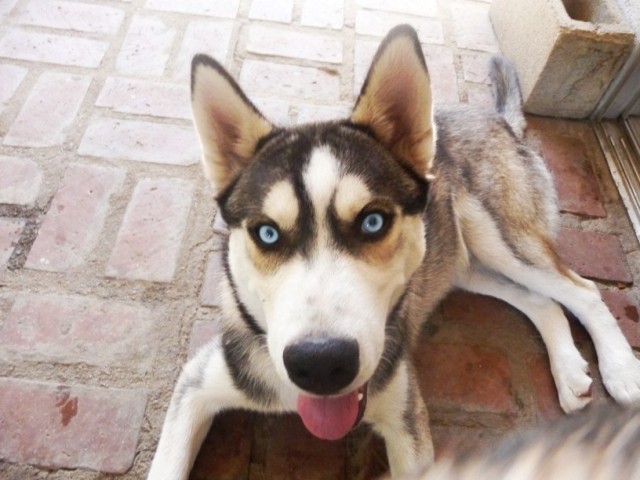 Husky Color
Question
Orion
Hi I have a beautiful 6 months old husky
Husky Color
Question
Orion
Hi I have a beautiful 6 months old husky